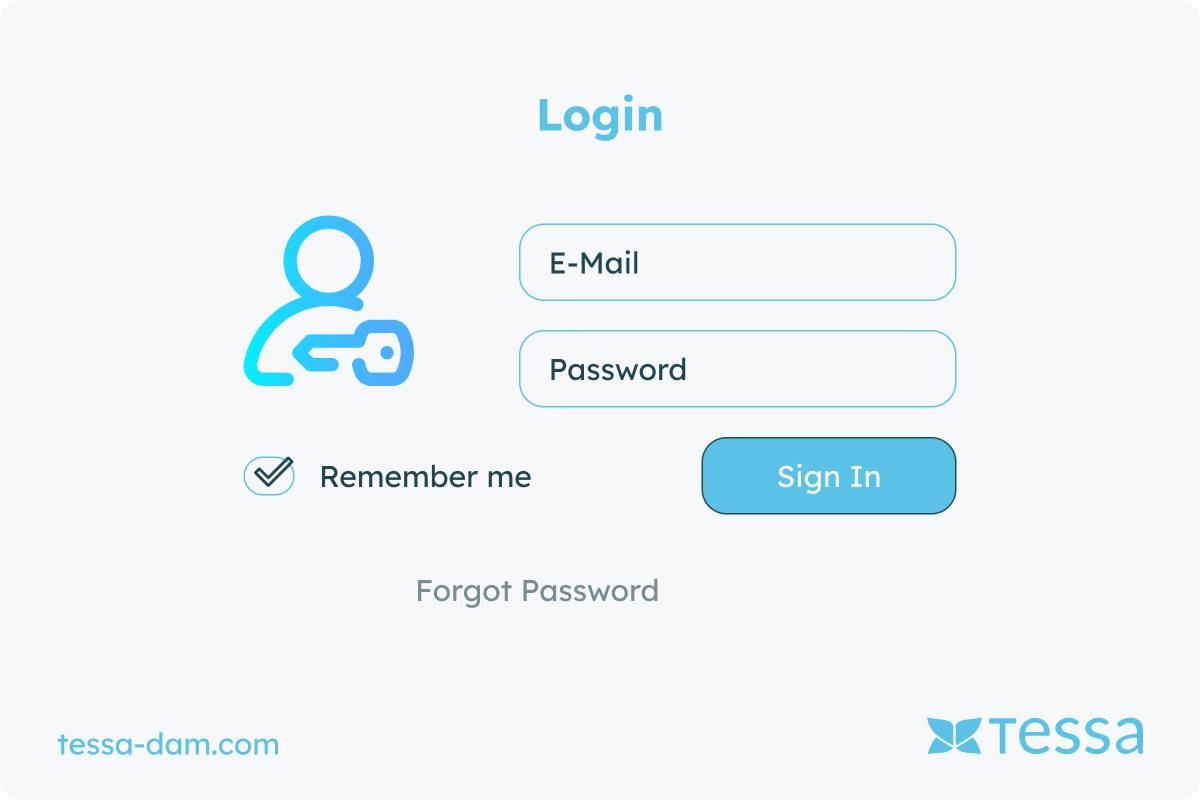Classification
In the digital world, "login" is the gateway to personal and sensitive information. This process, also called authentication, has rapidly evolved with the advancement of information technology. Originally, authentication was limited to simple passwords, but today it encompasses a variety of methods aimed at increased security and user-friendliness. This article explores the various login technologies, their security features, and the challenges they face.
What are Login Credentials?
Login credentials, also known as access credentials, are the information a user uses to authenticate themselves to a system, application, or network. Traditionally, these consist of a username and a password. The username uniquely identifies the user, while the password is a secret key that ensures access protection.
In modern technologies, login credentials are increasingly being supplemented or replaced by biometric methods to enhance security and user-friendliness. Two widespread biometric methods are Face ID and fingerprint:
Face ID: This technology uses facial recognition to authenticate a user. A 3D map of the face is created and compared with stored data. Face ID offers a high level of security as the face is harder to fake than traditional passwords.
Fingerprint: This method uses the user's fingerprint as an authentication method. The fingerprint scanner compares the unique patterns and features of the fingerprint with previously stored data. This method is also very secure as every fingerprint is unique.
Both biometric methods offer not only increased security but also a user-friendly alternative to traditional login credentials, as they are quick and easy to use.
Login Technologies
Traditional Passwords: Traditionally, login is done via a password. The simplicity of this approach has led to its widespread use. However, passwords are increasingly exposed to security risks such as phishing attacks and data breaches. The strength of a password depends on its complexity and uniqueness. Research shows that many users use simple and repeated passwords, increasing the risk of compromises.
Two-Factor Authentication (2FA): To overcome the security shortcomings of passwords, many systems employ two-factor authentication. 2FA requires an additional authentication factor besides the password, often in the form of a one-time code received via an app or SMS. This method significantly reduces the risk of unauthorized account takeovers, as the attacker needs access to a second device.
Biometric Systems: Biometric login systems use unique physical characteristics such as fingerprints, facial recognition, or iris scans to identify a person. These methods are considered highly secure since biometric data is difficult to replicate. However, they also raise privacy concerns, particularly regarding the storage and protection of this sensitive information.
One-Time Passwords (OTP): One-time passwords are a form of authentication where time-limited passwords are used. These passwords are valid only for a single login session and offer higher security compared to conventional passwords. OTPs can be generated through various media such as SMS or specialized apps and are especially useful in environments requiring high security.
Multi-Factor Authentication (MFA): Multi-factor authentication extends 2FA by adding additional verification steps. Besides something the user knows (e.g., a password) and something the user possesses (e.g., a smartphone for OTPs), a third factor can be added, such as a biometric trait. MFA provides one of the highest levels of security for digital systems.
Single Sign-On (SSO): Single sign-on systems allow users to authenticate once and gain access to multiple independent software systems. SSO improves user convenience by reducing the number of required login processes while enhancing security through centralized monitoring and management of user access.
Future Trends and Challenges
With the ongoing digitization and the emergence of new technologies such as blockchain and artificial intelligence, login methods are continually evolving. These technologies offer the potential to develop even more secure and user-friendly authentication methods. However, each new technology brings new challenges, particularly concerning privacy and protection against hacking attacks.
Conclusion
A critical aspect of IT security
Login methods are a critical aspect of IT security. The continuous development of new authentication methods reflects the effort to improve both security and user-friendliness. However, it remains a continuous challenge to protect these systems against the ever-evolving threats while preserving user privacy.





